Category: Scottish Folktales
In the following tale which appeared in ‘Some Folk-Tales and Legends of Shetland (1920)’ by John Nicolson, the ‘elements’ referred to are the bread and wine of the Eucharist and I suppose it is supposed to show the reputed strength of Christianity over pagan fairy magic.
According to Lord Archibald Campbell in his ‘Waifs and Strays of Celtic Tradition, Argyllshire Series, vol. 1 (1889); There is a green hill above Kintraw, known as the Fairies’ Hill, of which the following story is told.
There is a mermaid story associated with the small fishing village of Port Henderson which was recounted by John H Dixon in Guide to Gairloch and Loch Maree (1886). According to Dixon ‘Roderick Mackenzie, the elderly and much respected boatbuilder at Port Henderson, when a young man, went one day to a rocky part of the shore there.
A mythical creature that may be confined to one area of Banffshire in Scotland, according to Walter Grigor in his ‘Notes on the folklore of NE Scotland’ published in 1881, the Yird Swine were a “dreaded ..animal” that lived in graveyards and burrowed through the earth feeding on the dead bodies.
Carterhaugh Wood is the setting for the tale of Tamlin (Tam Lin, Tamas Lin, Tamlane, Tam Lane or Tam Lien) who was in bondage to the Fairy Queen and guardian of the wood. Maidens were warned by their King not to enter Carterhaugh Wood as Tamlin would take either one of their possessions (a ring or green mantle) or their virginity.
Duntulm Castle is now a ruined shell of its former glory as a MacDonald stronghold, its walls disintegrating year by year against the constant onslaught of the Atlantic winds. The site traditionally has a long precedence as a defendable stronghold: there may have been an Iron Age, and a Viking presence here, situated on the rocky promontory of steep cliffs overlooking the sea.
On 14th July 1990, eighty-eight bird watchers got off a ferry organised by the Orkney Heritage Society and the Royal Society for the Protection of Birds at the uninhabited Eynhallow Island. Only eighty-six returned for the journey back, which sparked a huge search and rescue operation involving the police and coastguard.
According to folklore, a family of werewolves used to live on an island on Loch Langavat. The story suggests that the now dead werewolves would return should their graves be found and disturbed.
Robert Burns was born on the 25th January 1759 during the ‘Age of Enlightenment’ but also in a time when the country superstitions and supernatural beings were an integral part of folk belief. The landscape of Burns’ was one where the natural rhythms of nature were much more intertwined in the day to day of working life.
Eildon Hill is a triple peak that dominates the landscape around Melrose in Southern Scotland. The hillfort was occupied in pre-historic times, was used as a signal station by the Romans, and was re-occupied during the Romano-British period. It is associated with the legendary wizard Michael Scot, and the ballad of Thomas the Rhymer.

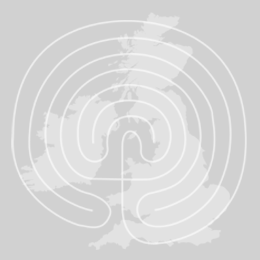
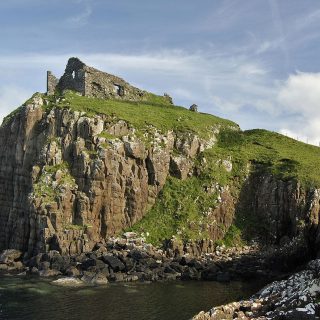
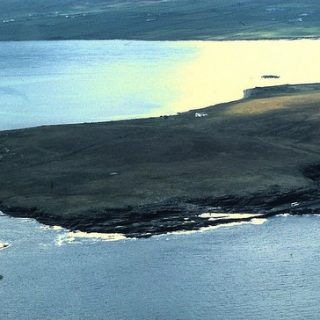
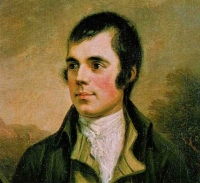
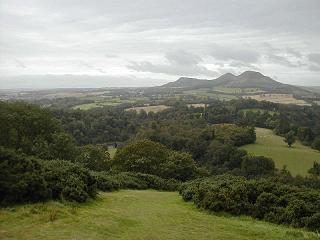
Recent Comments